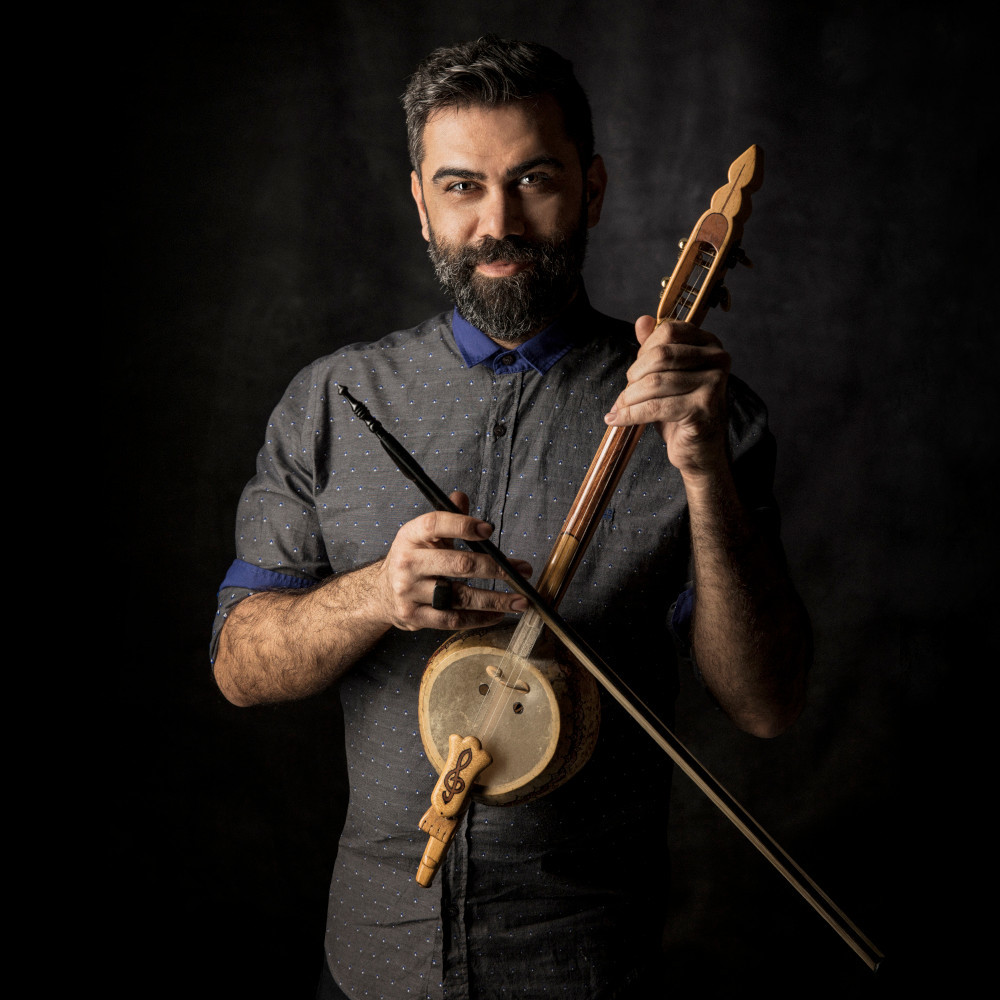Position Changing Suggestions for Kabak Kemane
Today, kabak kemane is an instrument which is mostly performed in the first position. Although the range of the instrument can reach at least two and a half octaves, it is seen that the highest pitch is used up to the octave La (A) especially in the performance of folk music instances.
This pitch is performed in the first position on Re string which is the first string of kabak kemane with finger 4. Since the Si flat (B flat) is located just below the octave La (A) pitch, it is possible to perform this pitch with finger 4 in the first position and it is seen that this pitch is pressed in this way from time to time. Yet, since Si (B), Sib2 (B flat 2), Do (C) and Re (D) pitches are more distant compared to Sib2 pitch, it is impossible to press these pitches without changing position. In the examples of folk music, the works containing Si, Sib2 and Do pitches in the octave are performed from the low pitches by the performers. Especially in instrumental and vocal works, these high pitches are played on La string which is the second string. This situation is a problem in the more effective use of the instrument and therefore neither performers nor conservatory students can get accustomed to this use. Although different position trials are made by some performers from time to time in kabak kemane, they perform these pitches from the low pitches while performing in any folk music ensemble, too. On the other hand, there are no academic studies involving exercises or studies about position changing on kabak kemane. Starting from this point of view, 12 exercises related to the performance of Si, Sib2, Do and Re pitches on the high pitches by changing position from the first to fourth position will be proposed in this article. After these exercises, a musical work that will be performed by changing position will be included, too. Thus, a contribution will be tried to make to the performance level of kabak kemane.
For full article (Tübitak - Ulakbim - TR Dergileri Dizini)
![Eurasian journal of music and dance (Online) [Year:2019 Volume:1 Issue:15 Pages:105-116]](https://dergipark.org.tr/media/cache/issue_cover_filter/6cf0/b173/54bc/5d1797af964c9.jpg) Eurasian journal of music and dance (Online) [Year:2019 Volume:1 Issue:15 Pages:105-116]
Eurasian journal of music and dance (Online) [Year:2019 Volume:1 Issue:15 Pages:105-116]